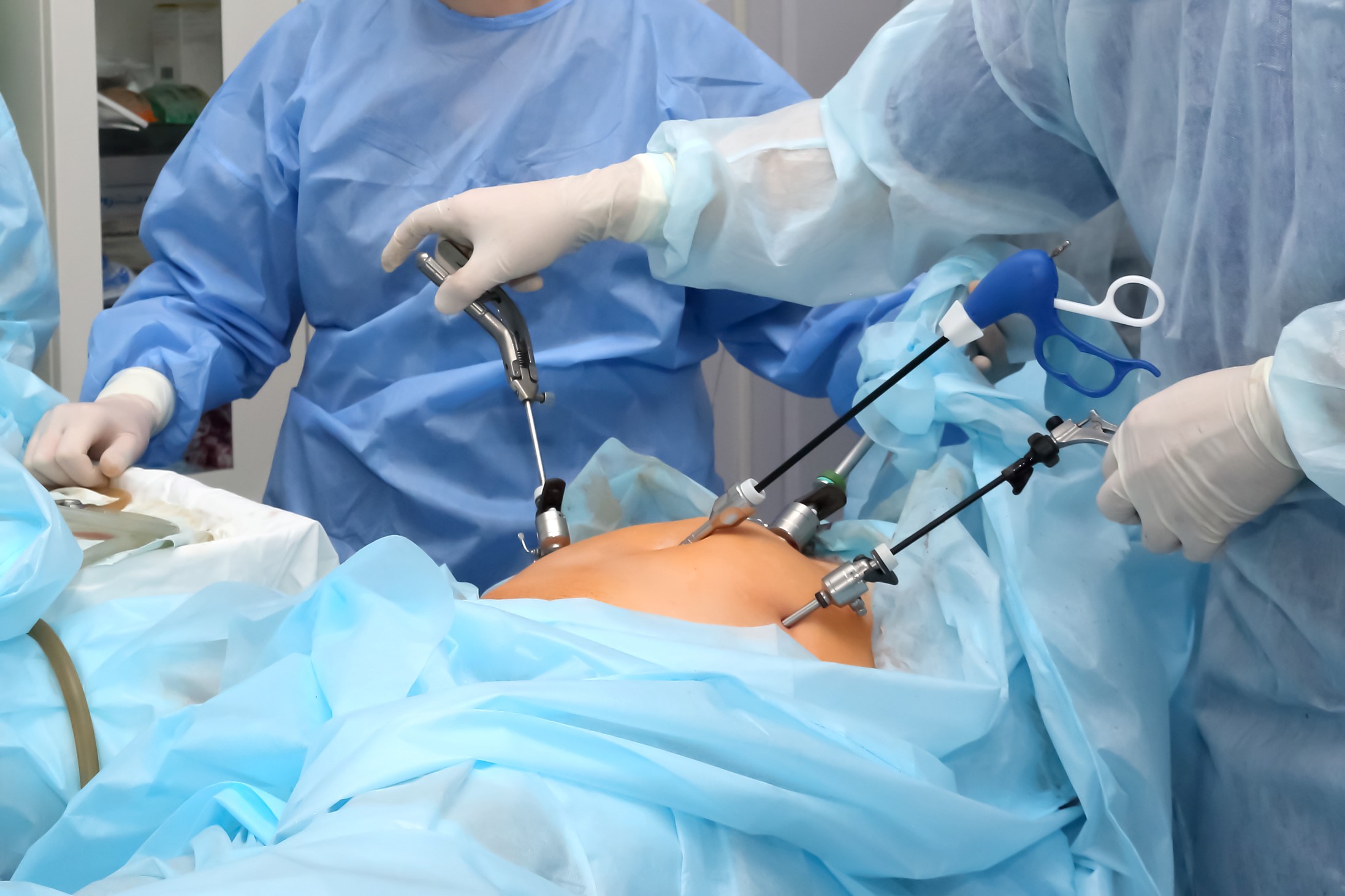Introduction
Laparoscopic hysterectomy is a modern surgical method to remove the uterus. Doctors often suggest this procedure for women with certain health problems. Unlike open surgery, laparoscopic hysterectomy uses small cuts and special tools. As a result, recovery is usually faster and less painful. Many women choose this option because it is less invasive. In this blog, you will learn what laparoscopic hysterectomy is, why it is done, how it works, and what to expect during recovery.
What Is a Laparoscopic Hysterectomy?
A laparoscopic hysterectomy is a surgery to remove the uterus using a thin tube called a laparoscope. The doctor makes a few small cuts in the belly. Then, the laparoscope and other tools are inserted through these cuts. The laparoscope has a camera, so the doctor can see inside the body on a screen. Because the cuts are small, there is less pain and a quicker recovery compared to open surgery. Sometimes, the doctor may also remove the ovaries or fallopian tubes if needed.
Indications: When Is It Needed?
Doctors may recommend a laparoscopic hysterectomy for several reasons. Usually, it is done when other treatments have not worked. Common reasons include:Heavy or long-lasting periods that do not improve with medicineUterine fibroids, which are non-cancerous growths in the uterusEndometriosis, a condition where tissue grows outside the uterusChronic pelvic pain that does not go awayCancer of the uterus, cervix, or ovariesUterine prolapse, when the uterus slips down into the vagina
However, not everyone is a good candidate for this surgery. Your doctor will help decide if it is right for you.
How the Procedure Works
First, you will receive anesthesia, so you will not feel pain during the surgery. Next, the doctor makes a few small cuts in your belly. Through these cuts, the laparoscope and other tools are placed inside. The doctor watches a screen to guide the tools. The uterus is carefully separated from nearby tissues. Then, it is removed through the vagina or one of the small cuts. The cuts are closed with stitches or glue. Most surgeries take about one to three hours. After the procedure, you will be moved to a recovery area.
Benefits of Laparoscopic Hysterectomy
Laparoscopic hysterectomy offers many advantages over traditional open surgery. Some key benefits include:Smaller cuts, which means less scarringLess pain after surgeryShorter hospital stay, often just one or two daysFaster return to normal activitiesLower risk of infectionLess blood loss during surgery
Because of these benefits, many women prefer this minimally invasive option. According to the CDC, minimally invasive surgeries often lead to better outcomes and quicker recovery.
Risks and Possible Complications
Although laparoscopic hysterectomy is generally safe, every surgery has risks. It is important to know what could happen. Possible risks include:Bleeding during or after surgeryInfection at the site of the cutsInjury to nearby organs, such as the bladder or bowelBlood clots in the legs or lungsProblems with anesthesiaScar tissue inside the belly
However, serious problems are rare. Your doctor will discuss these risks with you before the surgery. The World Health Organization notes that careful planning and skilled surgeons help reduce these risks.
Recovery and Aftercare Tips
After a laparoscopic hysterectomy, most women recover faster than with open surgery. Still, you need to take care of yourself. Here are some helpful tips:Rest as much as possible for the first few daysTake pain medicine as your doctor suggestsKeep the cuts clean and dryWalk around gently to help prevent blood clotsAvoid lifting heavy objects for at least four to six weeksFollow up with your doctor as scheduled
Most women can return to normal activities within two to four weeks. However, everyone heals at their own pace. If you have a fever, heavy bleeding, or severe pain, contact your doctor right away.
Frequently Asked Questions
Will I have a scar? Yes, but the scars are small and usually fade over time.How long will I stay in the hospital? Most women go home the same day or after one night.Can I get pregnant after a hysterectomy? No, because the uterus is removed.When can I return to work? Many women return to work in two to four weeks, depending on their job.Is laparoscopic hysterectomy safe? Yes, it is considered safe for most women, but every surgery has some risks.
For more details, you can visit trusted sources like the CDC or WHO websites.
Conclusion
Laparoscopic hysterectomy is a safe and effective way to treat many women’s health problems. It offers faster recovery and less pain than open surgery. However, it is important to talk with your doctor about your options. Consult a specialist for personalized guidance on laparoscopic hysterectomy.

